Ttosuni Sundae (또순이원조순대)
2020-06-16
14, Sillim-ro 59-gil, Gwanak-gu, Seoul
+82-2-884-7565
“Ttosuni Sundae” first started as a small street stand in 1976 and soon became the biggest sundae (blood sausage) restaurant in Sundae Town. Many people visit Ttosuni Sundae because it has been introduced several times through various mass media. White sundae is the most popular dish due to its delicate taste of fried sundae with various vegetables. Sundae guk (blood sausage soup), as well as fried sundae are frequently enjoyed, especially in winter. The dining area is large enough for group gatherings.
Gaehwaok (개화옥)
2019-08-05
7, Apgujeong-ro 50-gil, Gangnam-gu, Seoul
+82-2-549-1459
This restaurant specializes in tasty bulgogi served in an attractive atmosphere. Lightly spiced, and a high-grade beef, bulgogi is cooked on a Korean-style brazier for optimum temperature and taste. Also famous are bossam, consisting of sliced pork and kimchi, and spicy beef and vegetable salad. A delicious meal goes well with a selection of over 50 name value wines for an affordable price.
Gaeseong Mandu Koong (개성만두 궁)
2021-03-24
11-3, Insadong 10-gil, Jongno-gu, Seoul
+82-2-733-9240
Gaeseong Mandu Koong has served Gaeseong-style mandu (dumplings) for more than 30 years. The elderly proprietor, who fled south during the Korean War runs this restaurant with the help of her granddaughters. Characterized by its delicate taste, Gaeseong mandu stuffing consists of pork and various vegetables such as Chinese cabbage and pumpkin. This restaurant's mandu is so popular that it sometimes gets sold out even before evening. Typical menu includes mandu-jeongol (hot pot) and mandu-guk (soup). The hot pot is made of various ingredients including mandu, rice cakes, mushrooms, and meat, and serves two to three persons. For several persons, it's recommended to eat bossam (boiled meat slices wrapped in lettuce leaves or kimchi) and Korean-style pancakes.
Chanyangjip (찬양집)
2025-07-18
5, Donhwamun-ro 11da-gil, Jongno-gu, Seoul
Samho Bokjip (삼호복집)
2020-01-07
10, Yonsei-ro 5da-gil, Seodaemun-gu, Seoul
+82-2-337-9019
Opened in 1976, Samho Bokjip specializes in food that uses puffer fish as the main ingredient. The restaurant uses fresh vegetables and savory broth to bring out the best flavors of a puffer fish.
Masan Place (마산집)
2021-11-04
22-5, Sejong-daero 14-gil, Jung-gu, Seoul
+82-2-752-2415
Masan Place is located in a famous food alley near Seoul City Hall. The restaurant has been in operation for over 40 years, being most well known for their soegogi gukbap (beef rice soup) and modeum jeon (assorted pancakes). The latter comes with pan-fried oysters, seafood, and other ingredients. This dish goes particularly well with alcohol.
Masan Place is known for being frequented visited by Former President Roh Moo-hyun. Since the establishment opened, the same cook has prepared its delicious meals. The restaurant was named after the proprietor from Masan.
Myeongdong Yeongyang Center (명동 영양센터)
2020-01-09
52, Myeongdong 2-gil, Jung-gu, Seoul
+82-2-776-2015
Myeongdong Yeongyang Center is a 52 year-old specialty restaurant in Myeongdong. It specializes in samgyetang (ginseng chicken soup) and tongdak (roasted chicken). In 1960, Yeongyang Center has started to sell tongdak roasted on an electric rotisserie. Since then, the crisp and not-at-all greasy taste has attracted popularity among local Koreans and it has become a must-visit restaurant among foreign tourists.
They use chickens provided by directly owned chicken farm and the owner of the restaurant thoroughly manages all the process of cooking even from the ingredients preparation level.
Their main menus are samgyetang and tongdak. The Samgyetang features its tender meat and thick broth after boiling for 2 hours and the tongdak features crispy and not-fatty taste of the well-drained chicken. Among the menus, sansam Samgyetang stuffed with wild ginseng powder is the most be-loved menu.
Imun Seolnongtang (이문설농탕)
2025-08-08
38-13, Ujeongguk-ro, Jongno-gu, Seoul
Samwon Garden - Main Branch (삼원가든 본점)
2021-03-22
835, Eonju-ro, Gangnam-gu, Seoul
+82-2-548-3030
Large enough to accommodate up to 1,200 guests, Samwon Garden offers an impressive selection of delicious entrees. The bulgogi and the ribs are the establishment’s signatures dishes. In addition to its traditional dining atmosphere, the restaurant is famous for the thick woods and beautiful natural scenery that surrounds its.
Doore (두레)
2020-01-03
5-24, Insadong 4-gil, Jongno-gu, Seoul
+82-2-732-2919
Stew cooked with fermented soybean paste is this restaurant's signature dish. Rice with beef soup contains pyogo mushrooms and seaweed. The ugeoji soup is also a highlight. Made from the four legs of a cow and mixed with soybean paste, it is very unique. Variations of daily side dishes are also available.

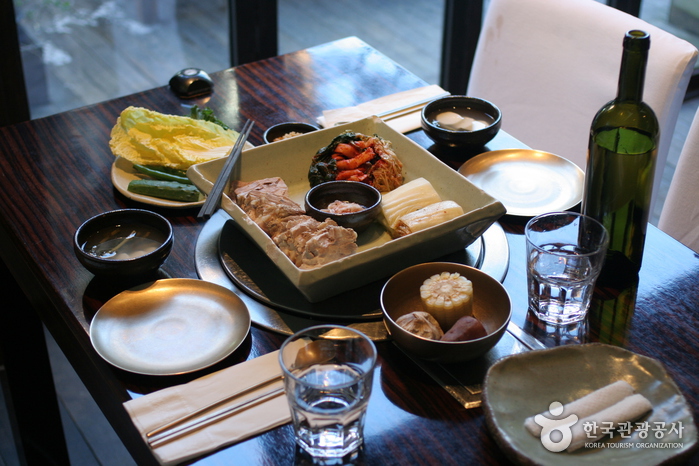
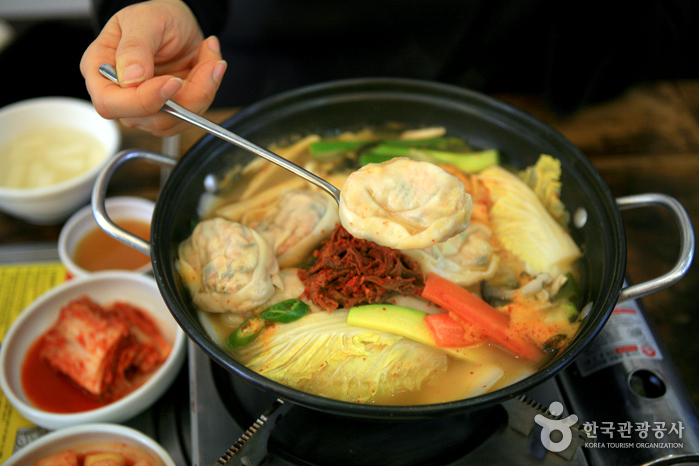
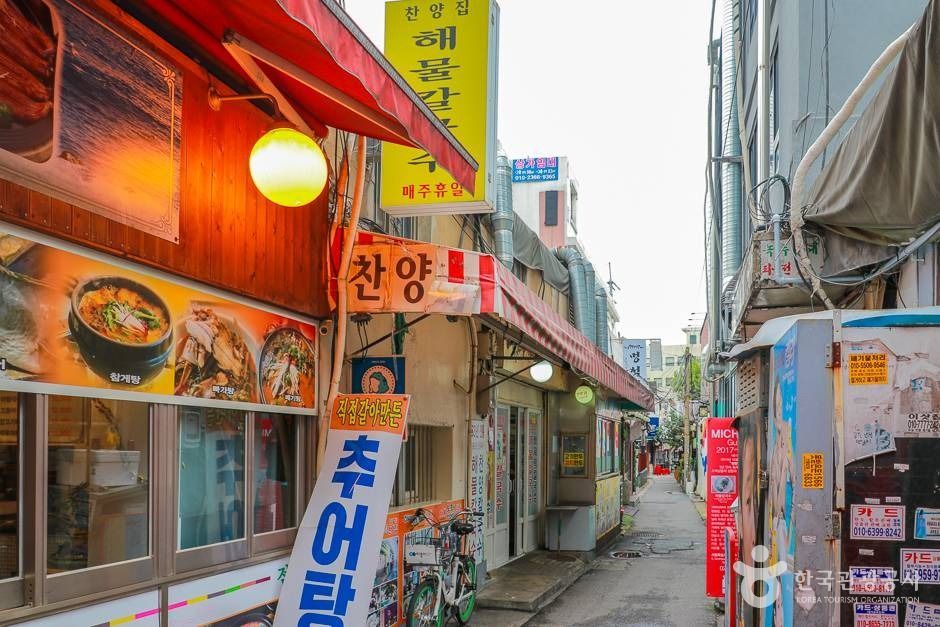
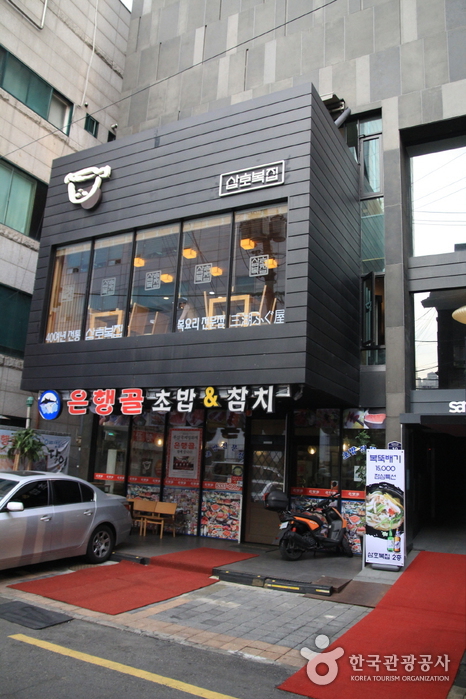

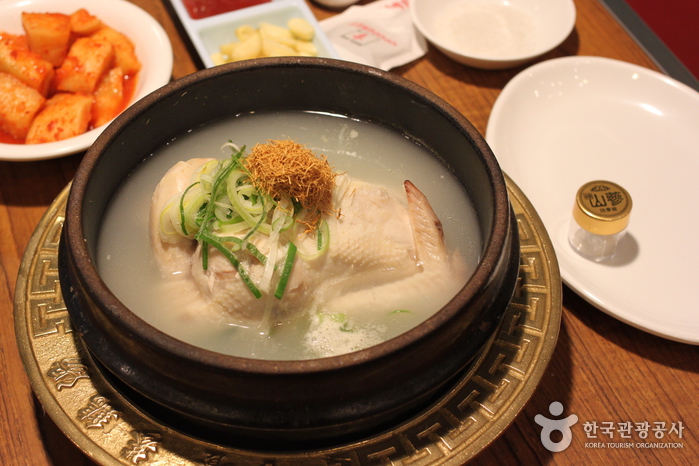

 Español
Español
 한국어
한국어 English
English 日本語
日本語 中文(简体)
中文(简体) Deutsch
Deutsch Français
Français Русский
Русский